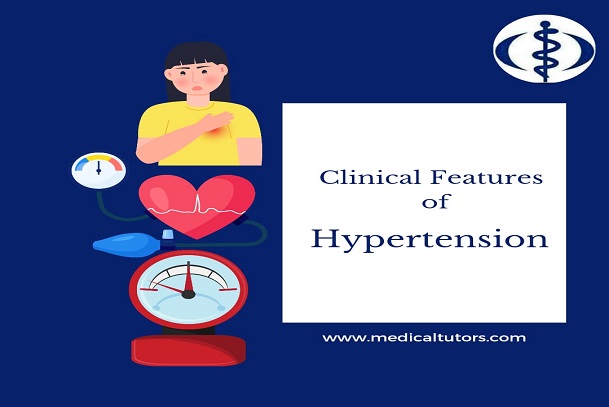 Wash your hands regularly and wear a face mask.
Learn more
Wash your hands regularly and wear a face mask.
Learn more

Introduction
Hypertension is defined as the level of blood pressure above which treatment is required. Blood pressure is the amount of force with which the blood flowing in the vessels pushes against its walls with every pumping action of the heart. The blood pressure is measured as a systolic value against a diastolic value in mmHg. Hypertension can be termed as persistently elevated blood pressure of over 149/90mmhg.
Classification of Hypertension in Adults
In various parts of Nigeria, several studies have examined the occurrence of hypertension in adults. Most of the research revealed that the disease is a public health concern. A study conducted by Dr. Davies Adeloye (insert year) estimated that 1 in 4 Nigerians suffer from hypertension.
Classification of hypertension is a key factor in understanding, diagnosing as well as managing hypertension. It is essential to recall that systolic blood pressure is the pressure the blood exerts against the walls of the vessel during active pumping. On the other hand, diastolic blood pressure is the pressure exerted on the walls of the vessel while the heart is at rest, i.e., in between beats.
Hypertension in Adults can be classified into the following categories:
Clinical Features of Hypertension in Nigeria
A study conducted by Nwaneli and Omejua titled “Clinical Presentation and Etiology of Hypertension in Young Adults in Nnewi South East Nigeria” discovered that the mean age for hypertension diagnosis among the study participants was 25 years old and headaches were found to be the most common symptom of hypertension in the study participants, with a prevalence of 20.3%.
It is key to note that hypertension is largely asymptomatic and is frequently detected during routine medical screening. A study by Babangida Shehu Bappah (2022) titled “Prevalence and Correlates of Undiagnosed Hypertension among the Staff of a Nigerian University Community” discovered that the prevalence of undiagnosed hypertension was observed among 27.8 % of those involved in the study, and with most of them having a positive family history of hypertension.
While it is true that hypertension is largely asymptomatic, there are some generalized symptoms that are associated with and may present in hypertensive individuals. These include:
As discussed previously, hypertension leads to end-organ damage also known as Target Organ Damage (TOC). A study carried out by Ayodele and co (2004) titled “Target Organ Damage and Associated Clinical Conditions among Nigerians with Treated Hypertension” found that the prevalence of TOC and Associated Clinical Conditions (ACC) in participants was 60.1%.
The TOC. /ACC associated with Hypertension among the study participants are:
The TOC with the highest prevalence in that study was Left Ventricular Hypertrophy with a prevalence of 31%.
Another study by Salako et al., in 2006 titled “Unexpectedly high prevalence of target-organ damage in newly diagnosed Nigerians with hypertension” found that TOC already existed in newly-diagnosed hypertensives in the study. About half of the hypertensives in the study were symptom-free.
Conclusion
At worst, hypertension is largely symptomatic and at best, it presents with symptoms that are non-specific for hypertension. More attention needs to be paid to routine screening and diagnosis of hypertension as even seemingly ‘early’ detection of hypertension may already be complicated by TOC as well as ACC.